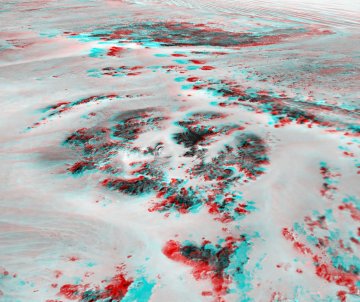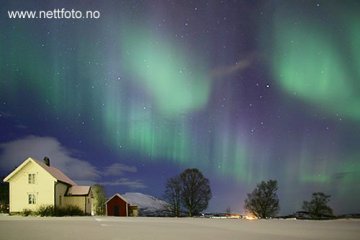 The space station is visible in the night sky this month. Would you like to see it? Sign up for Spaceweather PHONE.
The space station is visible in the night sky this month. Would you like to see it? Sign up for Spaceweather PHONE.
ASTEROID MOVIE: A mile-wide asteroid (2000 PN9) flew past Earth on March 6th at a close but safe distance of two million miles. Using a 16-inch Meade telescope and a digital video camera, Bob Forrest of Hertford, UK, recorded the encounter: "I was surprised how rapidly the asteroid moved." His video spans 8 minutes and shows the asteroid racing through the constellation Pisces: watch.
KEBIRA IMPACT CRATER: Sometimes asteroids miss (see above), and sometimes they don't. Planetary scientist Farouk El-Baz of Boston University has just announced the discovery of a 19-mile-wide impact crater in the Sahara desert. He named it Kebira, an Arabic word meaning "large."
Kebira is so large that it is actually difficult to see from ground level. Satellite images show it better. Using Landsat 7 data, Frank Reddy of Astronomy Magazine created this 3D anaglyph:

View with red-blue glasses for 3D effect: larger image.
"Desert sands, wind, and ancient rivers have eroded the dark, 100-million-year-old sandstone, but the crater's rings and central uplift still stand out," says Reddy. "El-Baz thinks this is the source of a yellow-green desert glass found throughout the region..
NORTHERN LIGHTS: On March 6th, the interplanetary magnetic field (IMF) tipped south, opening a crack in Earth's magnetosphere. Solar wind flowed in and bright auroras appeared over Scandinavia.

"We had a nice display here in Harstad, Norway," says photographer Frank S. Andreassen.
This shows how auroras can occur during solar minimum. No sunspots or flares are required when Earth's magnetic shield opens up and allows the solar wind inside.
March 2006 Aurora Gallery

